
Meshing in Caedium
Most Computer-Aided Engineering (CAE) analysis techniques, such as our RANS Flow add-on, require that the geometry be broken up into a mesh or grid to perform a calculation.
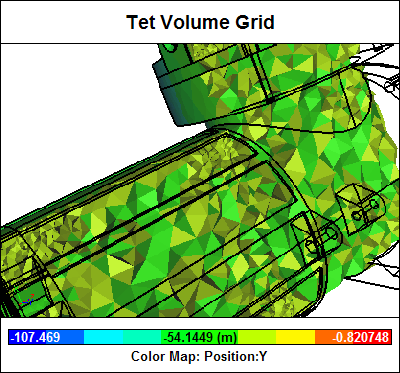 Volume Grid
Volume Grid
Caedium, our unified simulation environment, uses the following well-known techniques to produce meshes.
Structured Trans-Finite Interpolation (TFI)
TFI uses elements on topologically opposite boundaries to interpolate points (and therefore elements) on or in the domain being meshed. Thus, TFI requires 4-sided surfaces to produce quadrilateral elements and 6-sided volumes to produce hexahedra elements. These restrictions limit TFI to topological rectangles and cuboids. Typically the elements created are well aligned with the underlying geometry and are thus considered more accurate than other elements for performing calculations.
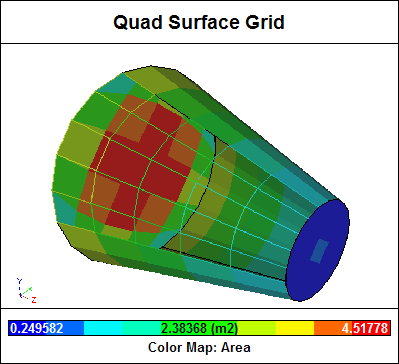 Quadrilateral Surface Grid
Quadrilateral Surface Grid
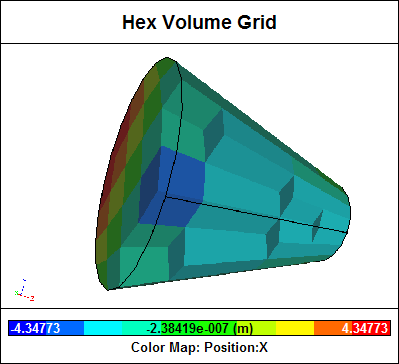 Hexahedra Volume Grid
Hexahedra Volume Grid
Unstructured Advancing Front
The advancing front technique advances from boundaries to fill domains with elements. In our implementation for a surface, triangular elements are created starting with edge elements on the surface boundaries (curves) and advancing to cover the entire surface. In our volume implementation, tetrahedral elements are created starting with the triangular elements on the volume boundaries (surfaces) and advancing to fill the entire volume. There is no restriction on the topology of the domain, unlike TFI.
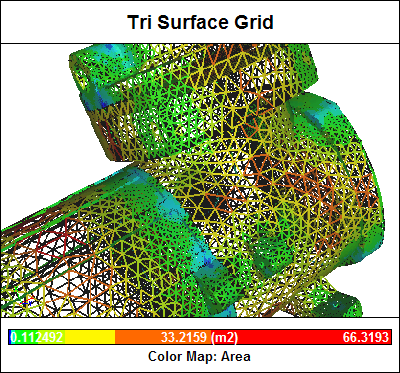 Triangle Surface Grid
Triangle Surface Grid
 Tetrahedra Volume Grid
Tetrahedra Volume Grid
For both meshing techniques Caedium uses a unified mesh sizing strategy to determine element sizes on and around the geometry being meshed. Presented to the user as an accuracy object, these mesh-sizing parameters are applied directly to the geometry (edges, faces and volumes) to control mesh size where needed.
Caedium uses an intelligent system to select the most appropriate meshing technique for the geometry under analysis. The system selects the mesh technique that best matches the topology and mesh sizing constraints.
Polyhedral (Dual Mesh)
Caedium also supports polyhedral meshing with an option to automatically convert a RANS Flow volume mesh to a polyhedral mesh - also known as a dual mesh. Solving the RANS equations on the dual mesh compared to the equivalent tetrahedral mesh typically leads to higher accuracy results with both faster and more reliable convergence.
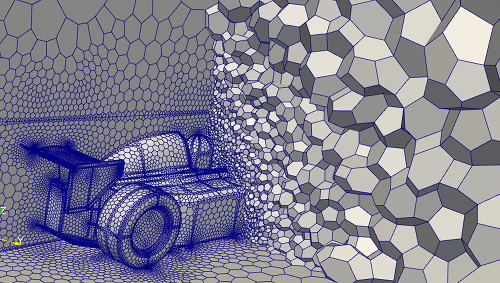 Polyhedral Volume Mesh Slice
Polyhedral Volume Mesh Slice
